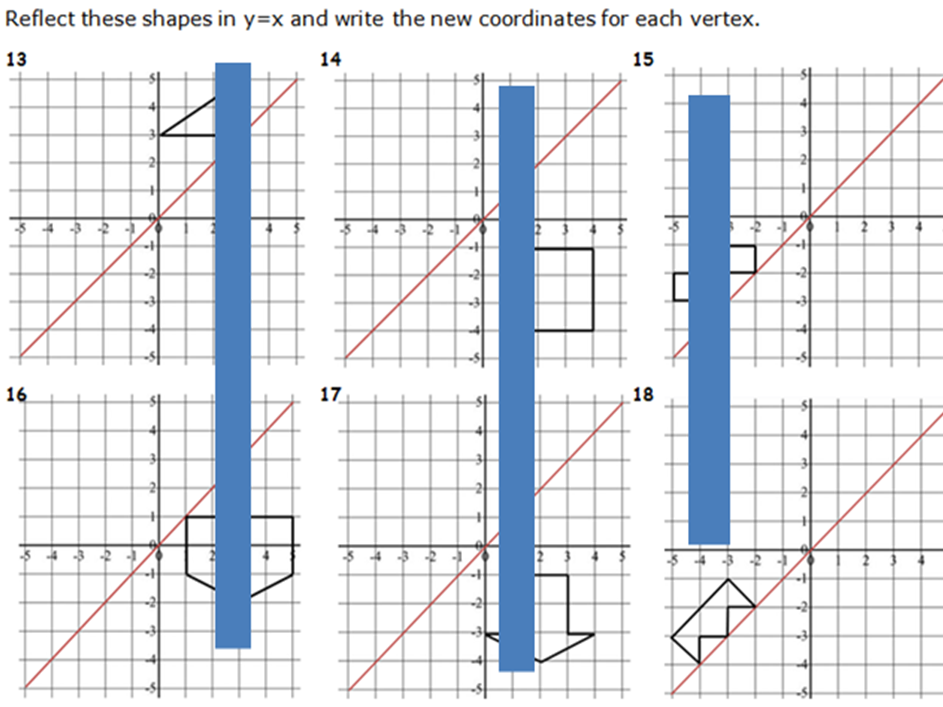
47Uploads
47k+Views
51k+Downloads
All resources

YEAR 6 OR TOP YEAR 5 WORDED MATHS PROBLEMS
YEAR 6 SATS WORDED MATHS PROBLEMS. GREAT COLLECTION OF TYPICAL SATS QUESTIONS THAT REQUIRE THE RUCSAC METHOD. GIVE YOUR CHILD/CHILDREN THAT WELL DESERVED BOOST TO THEIR PERFORMANCE BY PRACTICING THESE STYLE OF QUESTIONS.

WRITING TO INFORM. PAGE 2 = FOUR MORE PARAGRAPHS CONTINUING THE EXAMPLE .
GCSE OR KS3 ENGLISH. PAGE 2 = FOUR MORE PARAGRAPHS CONTINUING THE EXAMPLE ON WRITING TO INFORM THAT FILL THE WHOLE PAGE.

8 Fantastic Figurative Language Stories ~ Close Reading for school Years 4-9 (9-14 years)
8 original reading passages for teaching and reviewing figurative language: simile, metaphor, hyperbole, personification, alliteration, onomatopoeia, idiom, and allusion.
These activities are perfect for weekly homework, daily/bell work, classwork, review, test prep, or assessment.
Each of the 8 short stories includes 4 activities. Please view the preview file for the first passage and tasks in their entirety.
Task A: Identify Figurative Language - Read the story and annotate (highlight or underline and label) figurative language; includes a checklist of what students should find. There are 12+ instances of figurative language in each passage.
Task B: Analyze Figurative Language - Students answer higher-order thinking questions based on the figurative language used in the story.
Task C: Modify Figurative Language - Students choose 5 instances of figurative language from the story and modify them so that figurative language still keeps its basic original meaning.
Task D: Revise Figurative Language - Students revise the paragraph based on the changes they made in Task C.

Super Similes And Metaphors Worksheet (30 in total) With Answers
This is a PDF version of thirty question worksheet that focuses on similes and metaphors. I have carefully crafted together some interesting examples for the students to identify.
The statements cover two A4 pages or back to back of one. There is also two pages of answers. Students are required to identify each statement as either a simile or a metaphor. Then they must circle the two things that are being compared.
This is a an excellent way to check their understanding of a simile and metaphor and how they differ. There are some images to help less able students visualize some of the statements. I hope that you and your child/students enjoy the task.

KS2 YEAR 6 REFLECTIONS OF SHAPES IN X, Y, Y=X AND Y=-X FOR CHALLENGE. WORD AND PDF. GREAT PRACTICE.
KS2 YEAR 6 REFLECTIONS OF SHAPES IN X, Y, Y=X AND Y=-X FOR CHALLENGE. WORD AND PDF. GREAT PRACTICE AT THIS SKILL WHICH IS A FREQUENT SATS PAPER QUESTION. GIVE YOUR CHILD/CHILDREN/STUDENTS A BOOST TO THEIR PERFORMANCE. PREVIEWS ARE SLIGHTLY BLURRED AND HAVE BLUE LINES FOR COPY RIGHT PROTECTION.

KEY STAGE 1 Intervention Alphabet & Letter Activities for Literacy
If you have students struggling to recognize and identify the letters of the alphabet then this resource will greatly improve their understanding and make them secure with the alphabet and their letter recognition. This thorough resource will support any science of reading or phonics-based program. It’s ideal for small group instruction, intervention groups, tier support, ELL and ESL students, and even literacy centers. It has proven success and has been used in thousands classrooms all over the world from the USA to international schools in Saudi Arabia.
Click the PREVIEW button to see everything included!
For each letter there are 5 different activity mats to help students practice recognizing and identifying letters with ease:
Say It, Find It, Read It, Write it {plus a black and white master worksheet option and half-sheets assessment based off this mat}
Letter Display Mat (for recognition, sorting, tracing)
Letter ID through highlighting
Letter Naming Fluency
Letter Writing
199 PAGES IN TOTAL!
Also included:
Suggestion for organization
Sample lesson plan
Data tracking sheet
Furthermore, this resource could be used to support the science of reading and your reading readiness instruction in KEY STAGE 1 or US kindergarten, for small group letter or alphabet work activities, for ESL/ELL students, or for remediation in first grade.
Each activity provides students an opportunity to reinforce reading readiness skills.
T Recognize and name all upper- and lowercase letters of the alphabet
♥︎Teachers will love how easy these activities are to incorporate into an intervention lesson and the results they see in their students.
♥︎Students will love the variety of activities used to help them learn to recognized and identify the letters of the alphabet so that they can move onto more complex phonics activities.

66 Beautiful Brain Break Cards
Each of these 66 appealing Brain Breaks is not only super-fun, but also popular with the children I’ve taught and continue to teach! Everything required is on the card. Just print, cut, and go.
These 66 brain breaks have been carefully and meticulously selected and created to meet a variety of prerequisites:
They engage every student and none are just watching.
They can be completed in less than five minutes - many average less than two minutes.
They require very little if any prep - most require no prep at all.
They are fun!
Many are unique and will not be found anywhere else as they were originally devised by myself.
=========================================================================
51ºÚÁÏ information:
Purchasing this product grants permission for use by one teacher in his or her own classroom. If you intend to share with others, please purchase an additional license.
Happy brain developing!







